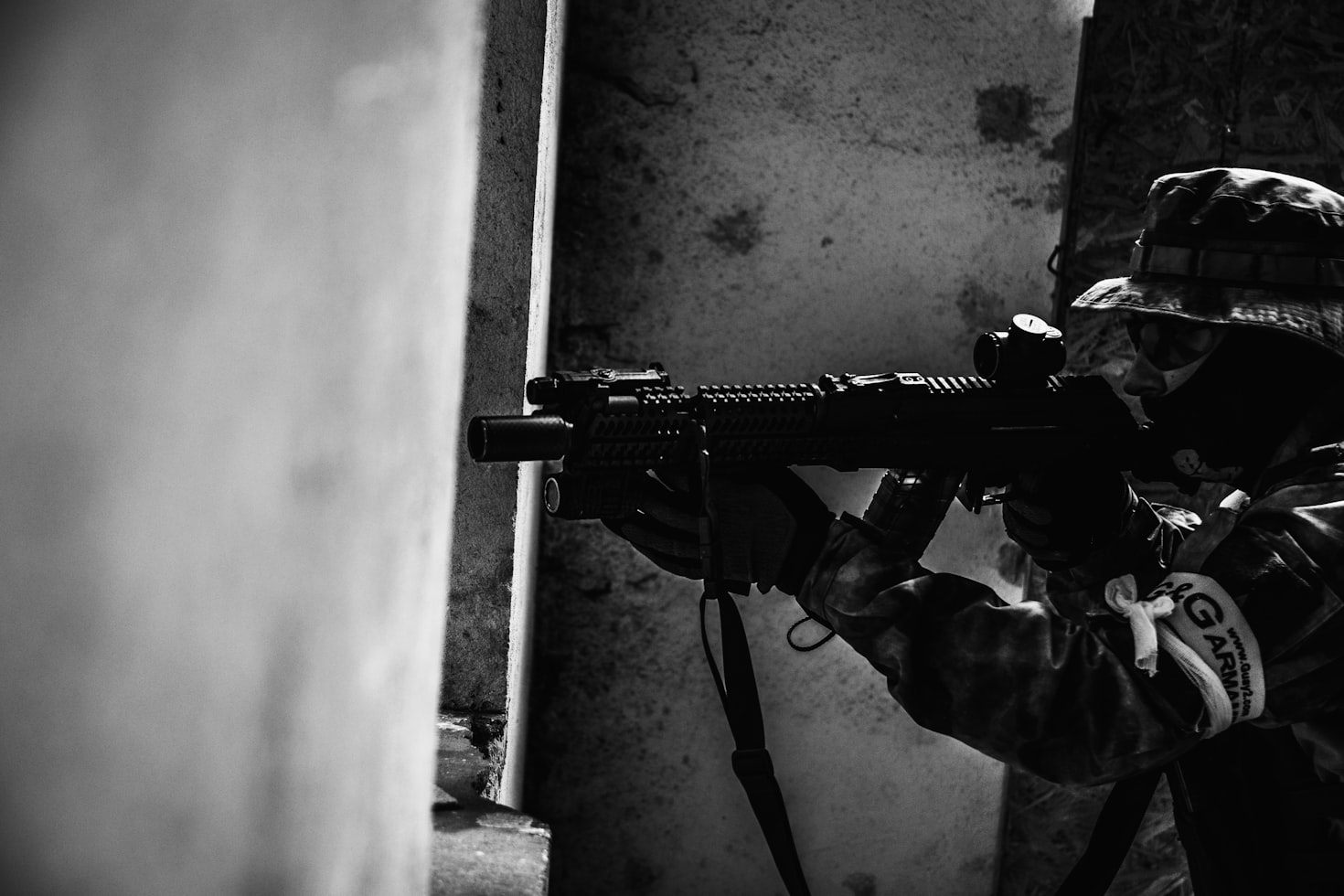Ever since the early days of video games, there’s been an ongoing discussion about how suitable violent games like first-person shooters are for younger players. While most countries have robust age rating systems in place, these are generally considered a guideline to help steer parents. Many experts would argue that it’s the potentially addictive nature of gaming, rather than the content itself, that poses the most harm to younger players.
How Content Rating Systems Vary Across the World
There’s no one-size-fits-all approach to video game ratings. In fact, many countries take a dramatically different approach to the ESRB ratings you’ll find in place in the United States. More than 20 major rating systems are used across the globe. In Europe, the PEGI rating system is the standard. Some countries make things even more complicated by using multiple rating systems. Japan for example relies on two major systems.
When you enter the world of mobile gaming and apps, things get even more complex. While the likes of Google Play are in line with the territories that users are based in, Apple takes a different approach, with the App Store referring to its own internal rating system. Unsurprisingly, this can make life difficult for the average parent attempting to determine whether a game is suitable for children.
What’s the Average Age Rating for a Shooting Game?
As with horror games, many first-person shooter titles like Counter-Strike: Global Offensive are rated as being suitable for adults only. In the United States, CS:GO is rated M for mature. In Europe, it’s rated PEGI 18. It’s not hard to see why. In line with other shooting games, CS:GO is heavy on virtual violence and blood splatter.
Is Anyone Actually Taking Notice of Age Ratings?
Video game rating systems are intended as a guideline for parents. While they make it impossible for underage gamers to pick up digital copies of 18+ games when shopping in stores, many young gamers face relatively few checks when downloading titles online.
However, a quick look at the player demographics of the CS:GO community does suggest that relatively few gamers are children. The majority of casual CS:GO players fall into the 18-21 bracket, while professional esports players have an average age of 23.
That being said, you’ll find much younger players competing professionally.
Ilya ‘m0NESY’ Osipov has been playing for the G2 Esports CS:GO squad since he was 17, while Polish pro Roland ‘ultimate’ Tomkowiak was only 18-years-old when he started competing professionally. Keen to see how m0NESY, ultimate, and the latest crop of fresh-faced CS:GO players are getting on? Head to https://www.1337pro.com/en/csgo/match-scores for all the information you’ll ever need.
Should Age Ratings Be Treated as Gospel?
Long gone are the days when titles like Grand Theft Auto and Manhunt sparked a worldwide panic about the impact of video games on impressionable youngsters. However, age rating systems can still be used as a litmus test of suitability. Most first-person shooters are fairly graphic, with scenes of injury and death. However, there’s been no evidence to indicate that this content poses any risk to younger players. If you’re particularly worried about the impact of such content on your children, it might be worth pushing them toward more kid-friendly titles like Fortnite and Valorant instead.

